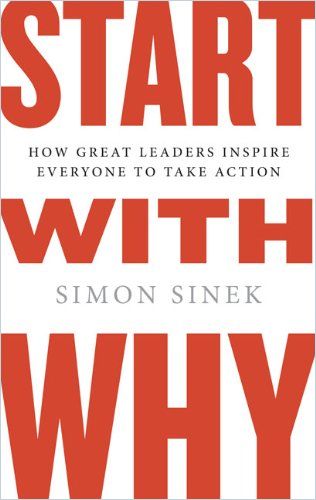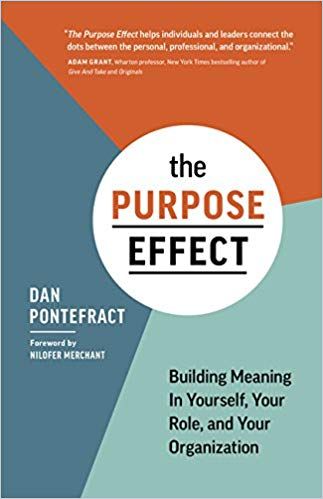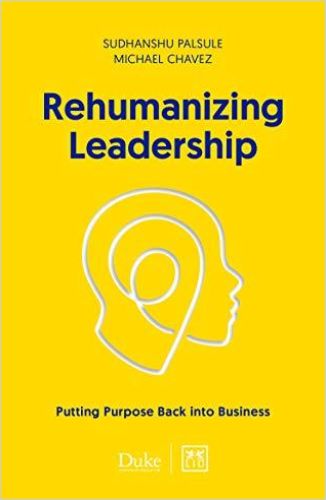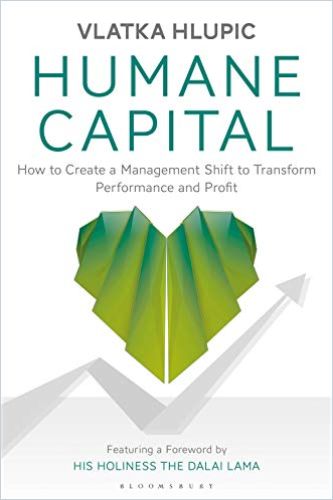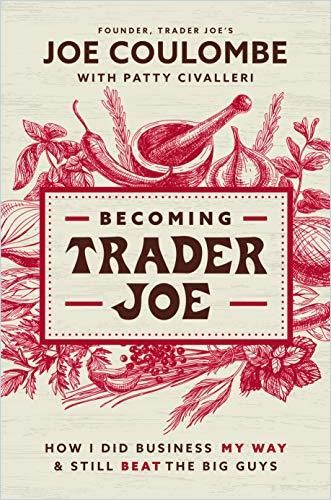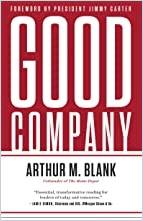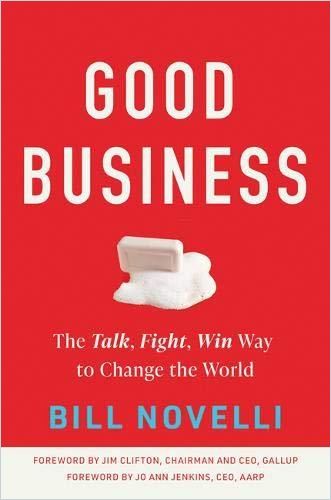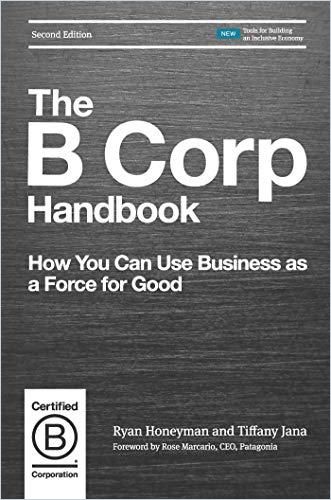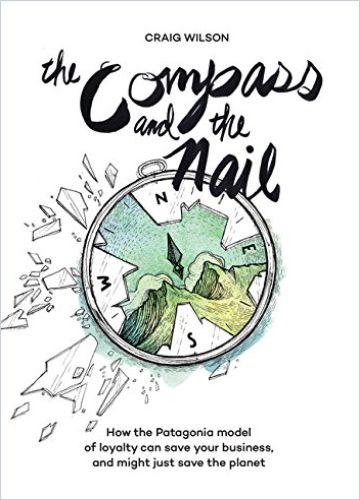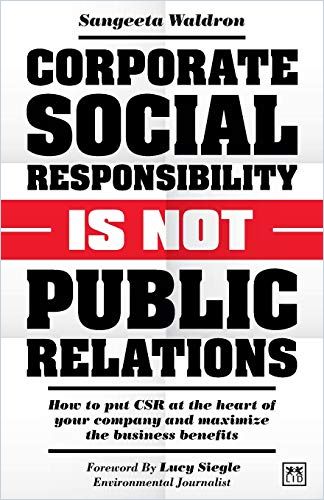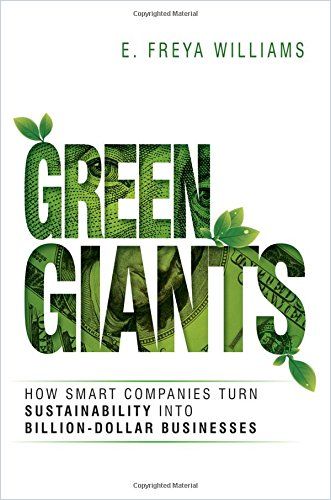How to Give Back

Businesses understand that having a mission that is greater than the bottom line pays off in many ways.
The shift toward conscious capitalism was encapsulated in the “Davos Manifesto 2020,” in which the World Economic Forum calls on organizations to “engage all its stakeholders” by making the needs of customers, the well-being of employees, the fair treatment of suppliers, the protection of the environment and their responsibilities toward society an integral part of corporate strategy.
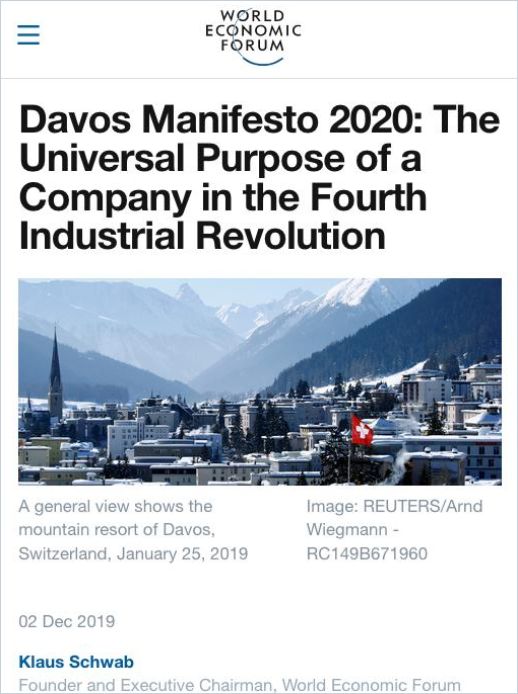
Organizations have numerous reasons for wanting to do business ethically. Some companies want to avoid hurting people or the planet. Others act in response to shareholder pressure. Businesses may wish to build a reputation which engenders brand loyalty or to make sure their practices live up to their corporate values and their regulatory responsibilities. Contemporary businesses need “a corporate social mind”: a perspective that integrates the social impact of their actions into all aspects of business, including making a profit.
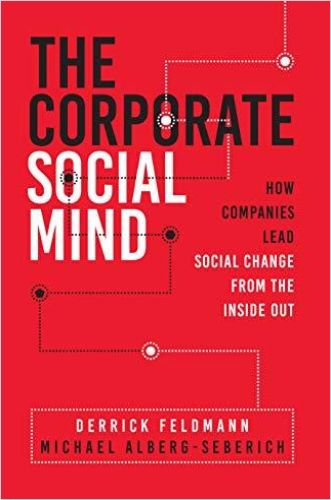
Articulating a broader mission is a powerful tool to engage employees and attract young talent. Millennials and generation Z, in particular, want to work for companies that are actively invested in the betterment of society and exercise environmental stewardship. To cater to this new generation of consumers, investors and employees, embracing corporate social responsibility will end up making good business sense as well.
Articulating a larger vision is one thing. Taking practical steps to make a difference is another. As a company, how do you go about deciding how to give back?
Start with these four steps.
1. Identify Your Values
The way you give back should feel like a natural extension of your values as a business. For example, Microsoft CEO Satya Nadella sought inspiration from the company’s founding principles, which call for empowering people and organizations around the world. The company’s $75 million philanthropic initiative is an extension of the company’s core principles. The initiative seeks to empower youth from underrepresented backgrounds by giving them access to computer science education.
Has your company lost touch with its founding purpose? Then some soul-searching is in order. Organizational purpose defines who and what the company is to itself, team members, customers, its local community and society as a whole. These reading recommendations offer a starting point:
2. Define Your Niche
What are you good at? What makes you effective as a business? Food companies can provide food; software companies can furnish software. During the COVID-19 pandemic, many companies stepped up to give back in kind: Zoom waived its fees for schools; Audible offered hundreds of free titles to children and students; and Crocs donated shoes to healthcare workers. Think about how potential recipients can use your in-kind capital and how.
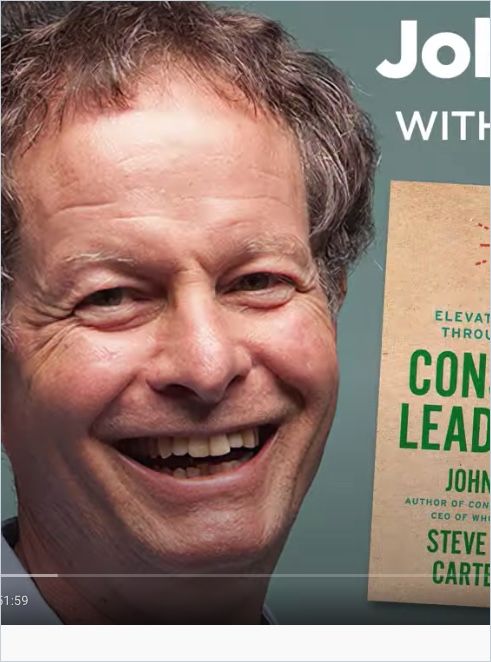
John Mackey, CEO of Whole Foods Market, in Conversation with Irwin Miller
Live Talks LA Read Summary3. Engage Your Workforce
If you can’t think of a way to give back in kind, think about leveraging your organization’s intellectual capital. A software company might pay employees to spend a few hours a week teaching computer skills to job seekers. Or, if your field of expertise is communication and marketing, you can publicize and market a nonprofit organization that addresses a social need your organization cares about and identifies with.
Similarly, companies can empower employees to contribute outside of their world of work by offering employees volunteering time off (VTO). Start with identifying an employee volunteering program that aligns with your business, mission and employees’ interests. Corporate volunteering can be a great way to promote engagement and team spirit, along with giving back to the community.
Organizational leaders who want to create social value must listen to their members first.
Understand what your workforce wants to do and how their offerings can benefit society. Listen to the conversations that are already active around you. Listening before creating lets you incorporate society, culture and environment into the planning process. Pay heed to the communities you serve, the individuals in them and the range of your stakeholders.
4. Walk the Talk
Corporate social responsibility can be measured not just by what companies do but also by what they don’t do. Guardian News & Media drew a line in the sand when announcing that it would no longer accept advertising from oil and gas companies. The self-imposed ban is part of the international media company’s effort to reduce the company’s carbon footprint and raise public awareness about the climate emergency. Considering that advertising makes up 40% of the company’s revenue, the decision will hurt The Guardian financially. The company, however, expects the decision to increase trust among consumers and demonstrate The Guardian‘s commitment to its values.
Chipotle founder Steve Ells made a commitment from the outset to only source meat from farms committed to humane practices. Serving “Food with Integrity” remains a guiding conviction for Chipotle up to this day. Chipotle successfully offsets higher ingredient costs with efficient training programs and smaller stores.
Outlier Patagonia decided to forgo sales to hone its commitment to sustainability. With its “Don’t Buy This Jacket” campaign, the company sought to change the consumer “throwaway” mindset of cheap, disposable goods and positioned its clothing as a long-term investment.
As you work on transforming your business into a force for good, you will want to communicate your efforts and milestones to your internal and external stakeholders. John A. Davis, author of Radical Business, recommends that you transform your market image through a communication program carried out in month-long sprints. Consider what the market finds special about your company. Inform your staff and the public that your business is distinctive in meeting its responsibilities. If you are genuine about walking the talk, the impact you make should be felt by both your employees and outside stakeholders.
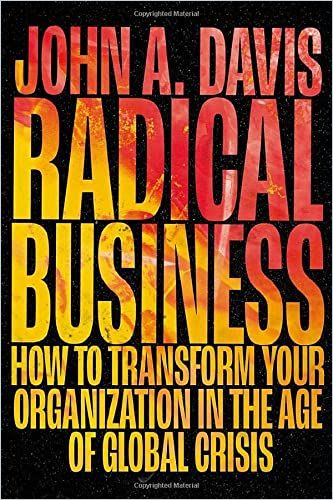
Find additional inspiration for corporate social responsibility initiatives in our dedicated channel.
